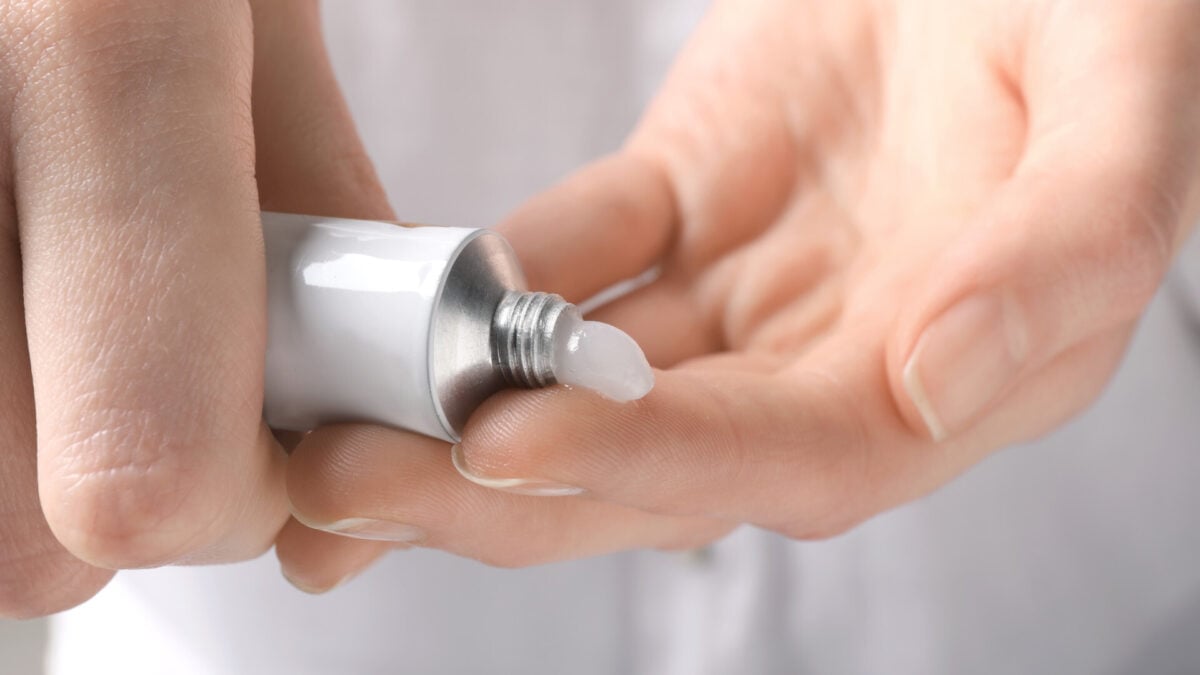New Gel Could Heal Stubborn Diabetic Wounds in Under 2 Weeks

For people with diabetes, high blood sugar can damage blood vessels and nerves, leading to chronic wounds that stay open for months. But a new gel-based treatment could massively speed up the healing process for people with diabetes, allowing wounds to close in just days, according to a new study.
The new treatment targets thrombospondin-1 (TSP-1), a protein that inhibits the growth of new blood vessels, a crucial step in the healing process. Targeting this protein increased new blood vessel formation in human endothelial cells and in diabetic mouse models, leading to a remarkable wound closure rate in less than two weeks. A team of researchers from various institutes in China unveiled the new technology in a study published in the journal Burns & Trauma.
“Our results demonstrate the power of combining advanced tissue engineering with molecular biology. By targeting TSP-1 with miR-221OE-sEVs encapsulated in GelMA, we’ve not only improved endothelial cell function but also ensured a sustained and localized therapeutic effect,” Chuan’an Shen, a researcher at The Fourth Medical Center of Chinese PLA General Hospital, said in a statement.
Diabetic wounds have increased levels of TSP-1 in endothelial cells, the cells that line blood vessels, according to previous studies. TSP-1 hinders their ability to divide and go where they need to go. The study researchers developed a way to decrease levels of TSP-1.
The technology uses small extracellular vesicles (sEVs)—teeny membrane-bound sacs usually released by cells—loaded with miR-221-3p, a microRNA that disrupts the production of TSP-1 in endothelial cells.
The researchers encapsulated these sEVs in a hydrogel, which mimics the extracellular environment and provides a sustained, controlled release of miR-221-3p at the wound site. In diabetic mouse models, the gel significantly accelerated healing, leading to a 90% wound closure rate within 12 days—compared to just 20% in untreated mice over the same period.
The next steps are to bring the new gel into clinical trials, according to the authors. “This breakthrough could revolutionize how we approach diabetic wound care, with the potential to improve patients’ quality of life significantly,” Shen said in a statement.









